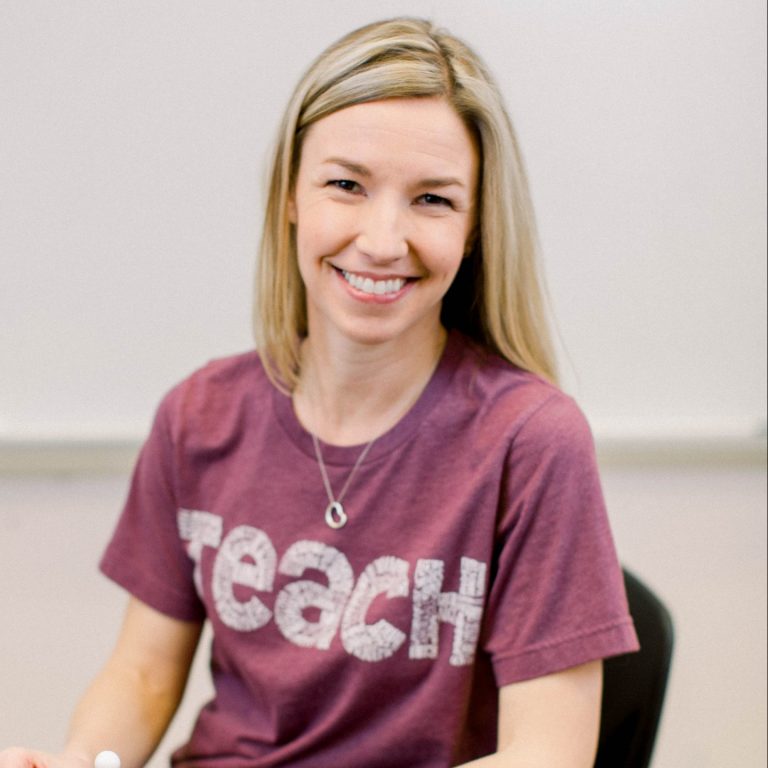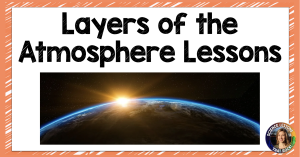Here’s the problem. NO ONE can pay attention that long. Not even adults. After 30-40 minutes, our mind starts to wander. In order to be successful with a block schedule, you need to build in breaks and opportunities for students to move or change activities. While I won’t say I love block schedule, I’m getting used to it.
Here are some tips that have gotten me through:
2. BREAK UP THE CLASS PERIOD: When teaching block schedule, you need to plan for multiple activities each day, OR have a way to break up the class period and give students mental breaks. Build in video clips, partner discussions, or even simple stretch breaks. If you want some brain break ideas for secondary students, check out this blog post.
3. LET THEM MOVE: One of the best things you can do for your students is allow them to get up and move. Student chairs are uncomfortable, especially for 90 minutes. Activities that allow them to move include: station activities, QR code activities, a scavenger hunt, breakout room, or even simple clock partner discussions. Taking activities outside when the weather cooperates is also fun!
4. BUILD IN ENRICHMENT ACTIVITIES: There are some activities that are HARD to get through when you have a 50 minute class. Now is the time to embrace longer periods! Plan for things you didn’t have time to do before like Socratic seminars or longer labs that used to take 2 class periods to complete (hello gel electrophoresis). I love station activities, but never had time to discuss student answers at the end of the activity. Now I have time for that!
5. BATHROOM BREAKS: With longer class periods, it is inevitable that your students will need to go to the restroom. You need to find a bathroom policy that works for you and stick to it. Maybe you are comfortable with students quietly going one at a time without asking. Maybe you have a sign-out sheet or a QR code by the door that links to an electronic sign out. Maybe you give an allotted number of bathroom passes each quarter. Find something you like and be consistent, because you will get asked A TON.
6. PLAN AND ADJUST: When I plan for the week in my planner, I write down a time in parenthesis of how long I think it will take students to complete an activity. It might look like this:
7. DEALING WITH ABSENCES: On a block schedule, you will need to be more diligent about getting absent students the missing information. Instead of missing one class period, it’s almost as if they missed two. I personally post the PowerPoints and worksheets in our LMS so if students are absent they are responsible for logging in and finding missing work. I also keep hard copies of worksheets in file folders in the classroom. Have a plan so when students ask “what did I miss?” you have an answer ready that puts the responsibility on them, not you.
I hope those tips help! It is definitely a big shift at first, but once you get the hang of it, it gets easier!
Rock on,









